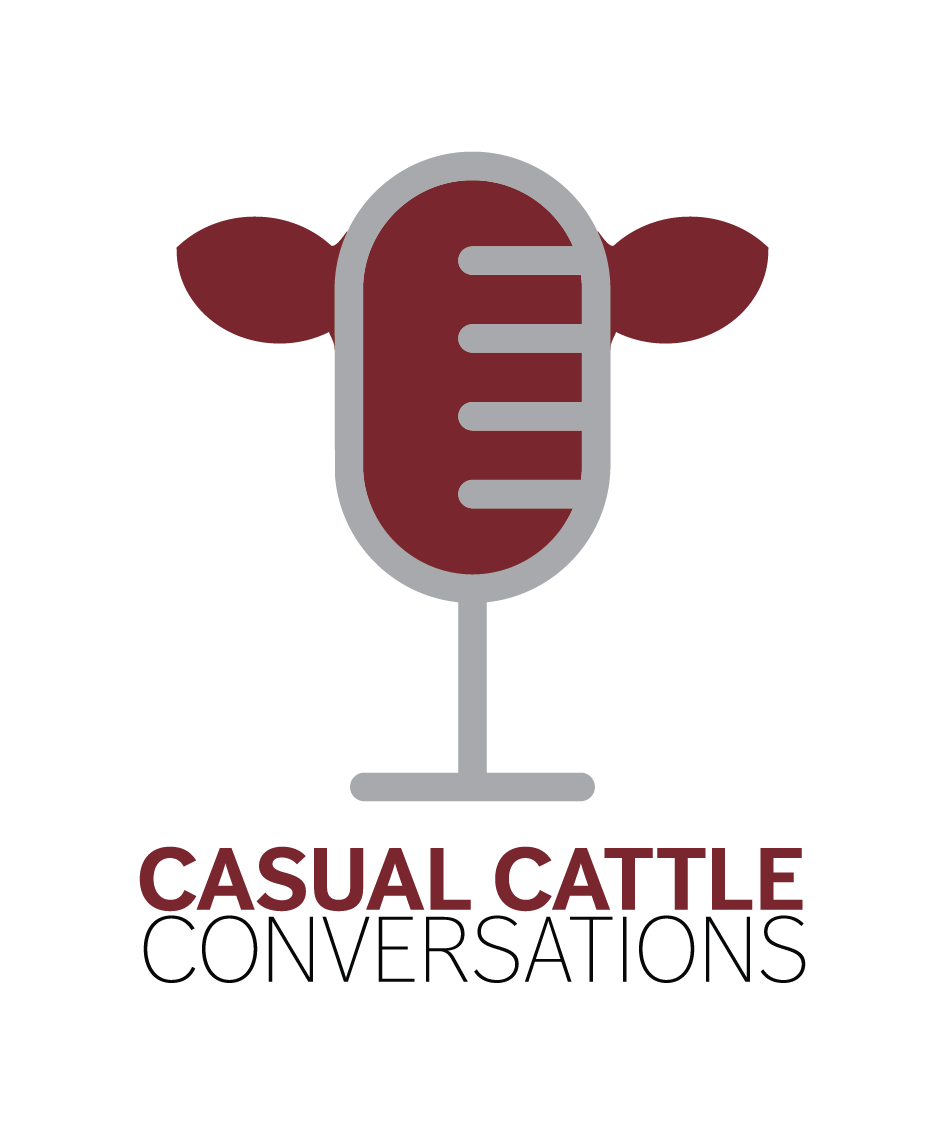Making Virtual Fence More Accessible to Ranchers
Learn how SenseHub Vence's vitual fencing technology is changing the way cattle are grazed.
Interest in virtual fencing technologies continues to rise among ranchers for a variety of reasons. With beef demand expected to remain solid, this task challenges ranchers to produce more with less.
“Virtual fencing has the potential to revolutionize the global cattle industry by allowing producers to more efficiently utilize the grazing lands that are available,” said Gary Tiller – Commercial Director for Vence, a Subsidiary of Merck Animal Health, globally.
Additionally, this technology can make more land available for grazing because land that was previously to rough and inconvenient to fence can now be grazed with boundaries. There is increased demand for this technology on public land and even privately rented grazing land.
Tiller said, “The draw to virtual fencing is very individualistic, but the common draw is production efficiency.”
Ranchers are achieving this through saving time moving cattle and building fence, putting their labor force to work on more important tasks, increased pasture rotations, longer rest periods, creating boundaries around riparian areas and being compliant with specific conservation payment programs.
The best part? This technology is becoming more available than before.
“At the federal level, the NRCS has enabled the states to utilize virtual fence under both EQIP and conservation payments,” said Gary.
Producers may still need to ask and encourage their local Conservation Districts to get involved in this technology, but the opportunity is there.
With all of these benefits, you may be wondering, Why aren’t more people using this technology?
“In general, folks in agriculture are always a little shy about change,” said Gary. This technology changes the way people ranch and think about their operations. “You are changing a paradigm for how cattle have been grazed for hundreds of years.”
For those unfamiliar with the technology, the Vence system has 3 main components:
Base station – the communication hub between the collars and the software
Collars – communicate boundaries to the cattle
Software – a map-based system to create the pastures and time moves
To get the system up and running, ranchers work with a customer success specialist to get the station placed, learn the software, collar the cattle and train the cattle. Training the cattle takes approximately four days.
He said, “During the training period, you set your boundaries as the physical fence. As the cows approach the fence, they get a beep and a pulse. They then begin to honor the beep and pulse as their physical boundary.” Eventually, cows learn to honor just the beep and once they’ve been trained once, they’ll remember for next year.
The GPS technology on the collars also allows ranchers to see where each animal is in real time or previously, which allows them to analyze grazing patterns, monitor for lame cattle or even check cattle while on vacation.
Gary said, “We really can’t put people in a box for who is going to adopt this. We see 75-year-olds who adopt it without hesitation and 20-year-olds who won’t touch it.” To know whether this technology is right for you, it comes down to asking yourself two main questions.
Are you willing to take the time to learn the new technology?
Are you willing to rethink and replace some of your existing infrastructure?
How ranchers graze today is largely impacted by existing water resources and physical boundaries, but you can’t let those physical boundaries become mental boundaries.
Gary said, “You need to ask yourself, how would I manage it if I could start all over?”
You can listen to the full conversation on the Casual Cattle Conversations podcast.

